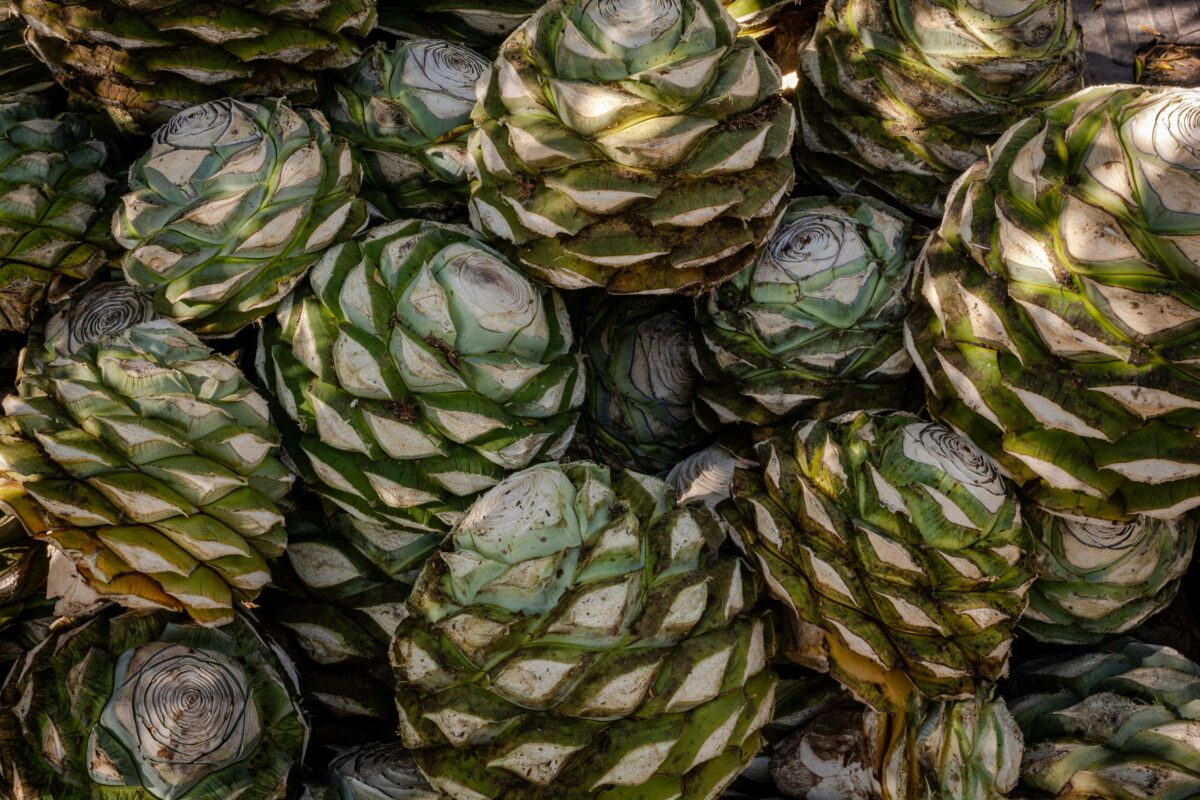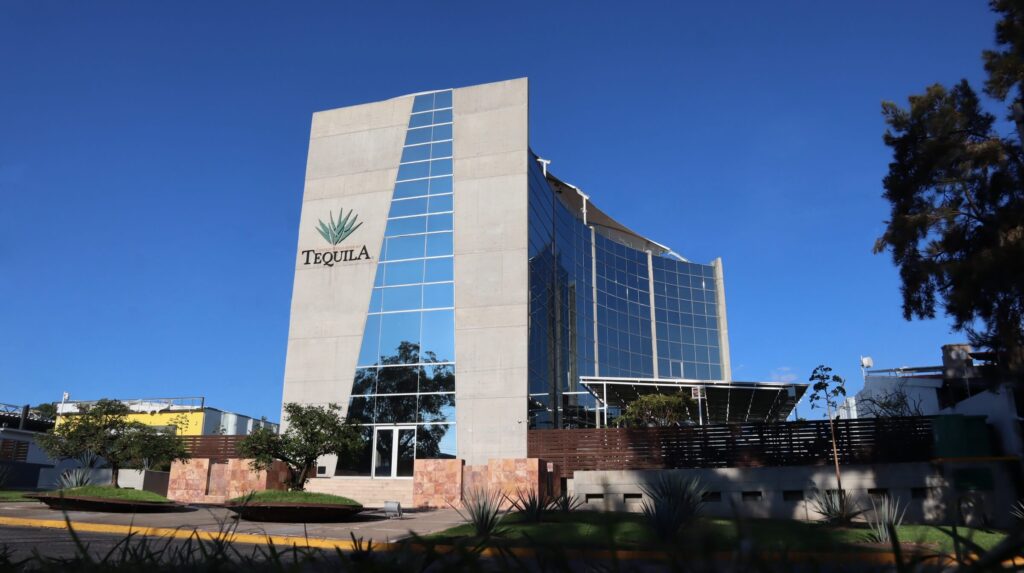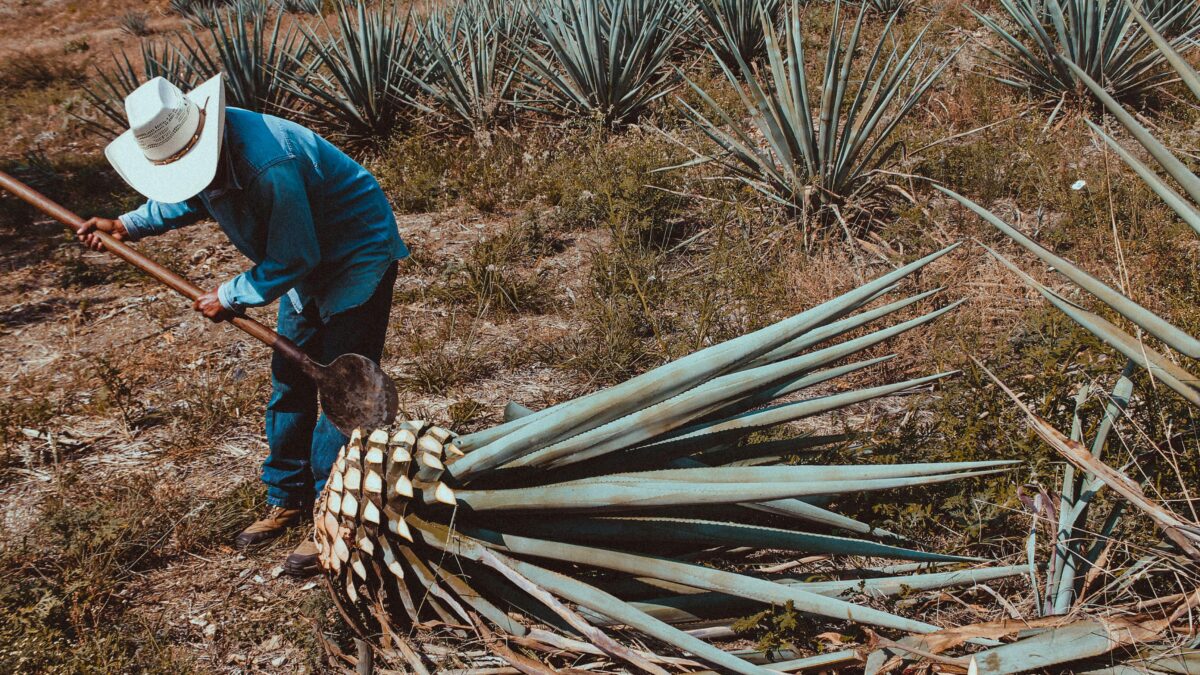Overproduction of agave and alternative uses

Premium and Super Premium Tequila
October 2, 2024Currently, the tequila industry in Mexico is facing a significant crisis: the overproduction of agave. This issue has been driven by various factors that have negatively impacted producers, the most significant being a sharp drop in agave prices.
The root of the overproduction problem dates back to the increase in tequila demand during the pandemic, which led to a surge in agave planting. At that time, agave was being sold for approximately 25 to 30 pesos MXN per kilogram, prompting many producers to plant with the expectation of high returns. In contrast, current prices range from as low as 1 to 6 pesos MXN per kilogram.

The impact on the industry
- Data from Consejo Regulador del Tequila (CRT) reveals that the number of agave producers for tequila rose from 3,180 in 2014 to 42,000 by the end of 2023.
- In 2024, agave fields are now abandoned and lack maintenance, leading to a 60% decline in jobs and a devastated economy.
- Experts suggest that the solution lies in promoting contract farming, which would bring order to the agave supply chain for tequila production.
- In addition to job losses for field workers, the cost of inputs and labor has also risen.
Another critical factor in the agave overproduction crisis was the arrival of foreign investors. Lacking experience in the tequila agro-industry and sufficient information, they began planting agave without following proper procedures. This lack of understanding of the process, combined with the principles of “supply and demand,” has caused a drastic drop in agave prices.
The tequila industry faces ongoing tension between tradition and modernity. Traditional producers strive to maintain sustainable practices for agave cultivation, while the influx of inexperienced investors often destabilizes the market.
According to the CRT, the crisis is not merely a mismatch between supply and demand but stems from poor planning and a lack of knowledge in production. Overproduction driven by greed has ultimately caused agave prices to plummet.

Consejo Regulador del Tequila
Alternative uses of agave
Agave has been used for many years in various regions of Mexico and represents a potential source of additional production beyond tequila. It has historically been used to produce alcoholic beverages such as pulque and aguamiel (honey water), as well as raw material for making tools, clothing, and even as a medicinal remedy.
Other uses for agave include inulins, syrups, biofuels, crafts, honey, and in some regions, traditional foods and desserts. The fibers from agave leaves are used to create textiles, and recent innovations include producing paper and compostable bags. This growing industry holds promise for consuming even more agave in the future.
The main agave-producing regions benefit the most, especially within the primary sector. Beyond the cultivation of agave, tourism also plays a significant role. This dual focus on agriculture and tourism is a vital point of development for these regions and the country as a whole.




